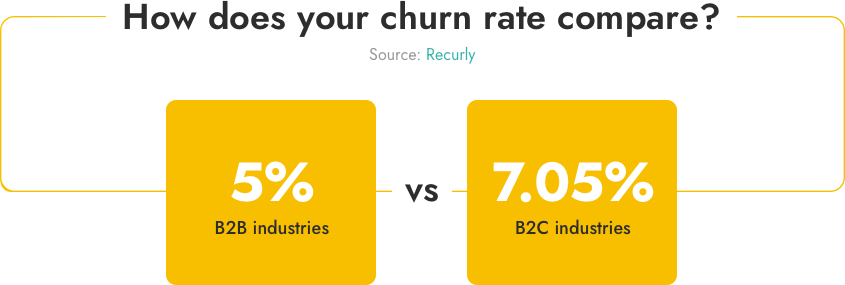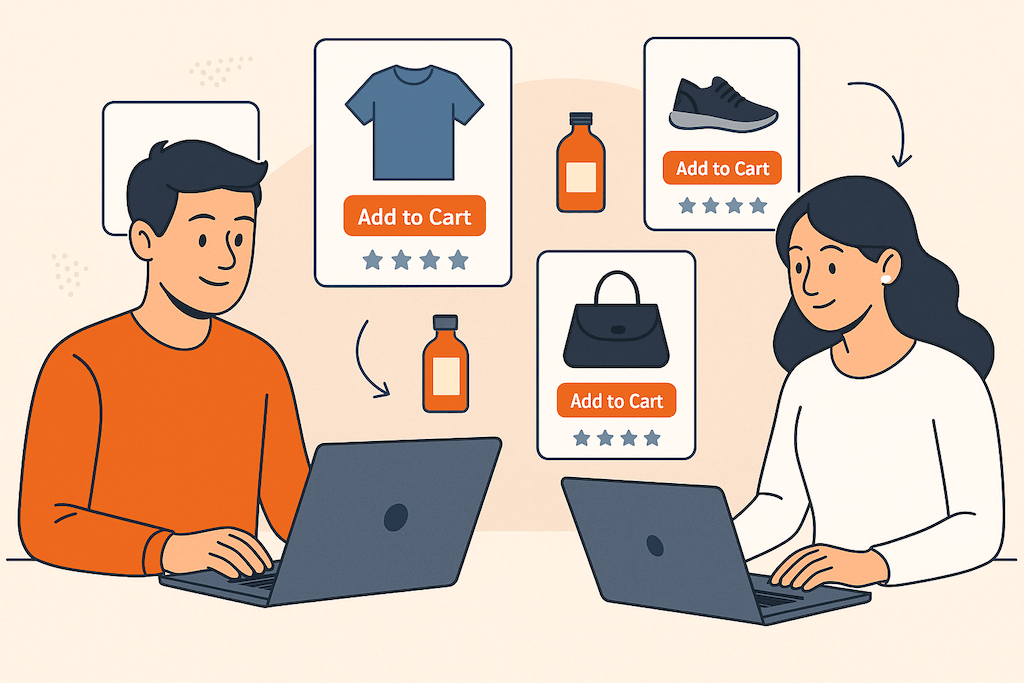Many businesses had significant increases in subscribers at the beginning of the pandemic but faced massive drops in subscriptions cancellations created by the return to stores for shopping and customers dealing with subscriptions fatigue.
Clients pivoted to online solutions over the past 2 years when COVID-19 hit, prompting many to resort to the convenient and safer way of shopping. However, despite the sudden increase in online sales, eCommerce also went through several rounds of upheavals within the same duration.
State of eCommerce subscriptions
Customers have rising expectations from businesses, and if your business doesn’t meet their expectations, they will cut you off in place for a competitor who can.
McKinsey’s Subscriptions Survey reports that 43% of users are likely to cancel a subscription if they don’t see the value for the price, 30% says that not seeing new or fun items or consumer experience can be a top motivation to cancel a subscriptions, and 23% may cancel if there is no variety in subscription or pricing options.
Customer retention strategies have been around for a long time, but how exactly do you apply them to stop your clients from wanting to hit that “cancel subscription“ button?
The first step in implementing retention strategies to keep your subscriptions clients is understanding how you’re currently performing so you know exactly which areas you need to improve.
How is your subscriptions program performing?
Three key metrics are important to look at when tackling retention in an eCommerce subscriptions model: churn rate, deflection rate, and save rate.
Churn Rate measures the number of customers who stop doing business with your company. This includes subscribers who cancel or don’t renew subscriptions. Essentially, a higher churn rate means more customers have stopped their recurring payments for your products or services.

Deflection Rate is a way to measure the effectiveness of your content or offers to stop or deflect a customer from continuing a cancellation. It’s the last stop to convince them to remain subscribed. The higher this number, the better you are able to stop them while they are in the middle of the cancellation stage.

Save Rate measures the number of customers who visit the cancelation page but don’t proceed to cancel their subscriptions 30 days after their initial visit to the cancel page.

Understanding the cancellation journey in eCommerce subscriptions
There are three stages in a cancellation journey: before, during, and after they cancel. In each phase, there are many steps a business can take to stop, retain, or win back a customer who cancels their subscription.

Before cancelation
Customer churning is a problem of any subscription business and the remedy starts with precaution. If you’re able to prepare ahead and anticipate the needs of your target market, then minimizing churn begins even before they start using your product.
- Implement a strong onboarding experience
When clients sign up for subscriptions, any hiccups in the process may discourage them from continuing their purchase. For example, limited payment channels or a bad user interface.Implementing a strong, seamless, and efficient process for your customers to get onboard is integral to making them subscribe and keeping them subscribed. A strong email welcome series is also a good beginning to building rapport with your new customers. This may include an explainer of the subscription, helpful tips, or best practices to make their investment worth the while. - Create a customer feedback loop
Having an accessible customer feedback loop allows you to address gaps that you don’t realize are even issues. It lets you correct major problems or minor inconveniences before it becomes a reason for them to cancel their subscription to your eCommerce store, allowing you to create personalized ways to nurture them to stay. This also applies in the “during cancelation” phase, to give you a better sense of how they perceive the subscription they purchased. - Provide program flexibility
Letting your subscribers pause, edit, or downgrade and upgrade their subscription gives them the flexibility that may be suitable for their situation. For example, if you offer premium features but a subscriber may only need a couple of them, giving them the option to downgrade to a standard plan at will is better than having them cancel their subscription entirely. - Keep track of disruptive market changes
The market can change in a short amount of time. That includes new policies to adhere to or even overnight with what your competitor does—like a new law regarding eCommerce or a promotional discount for the competitor’s hero product.Tracking these ensures that you are on top of your strategies and can respond immediately and accordingly when needed.
During cancelation
A user in the process of cancellation has one reason or another to unsubscribe. As soon as this happens, your strategy should immediately move from making more money, to making them want to stay even if it means earning less.
- Understand why they want to cancel using a survey
The only way you can solve a problem is first understanding what it is. Doing so lets you properly tailor your solution to the client to prevent them from canceling. For example, your selection may include lead time being too long, product isn’t working as offered, or even price being too expensive.
If they still decide to cancel, you still have valuable insights that can help you address the problem for the long term. - A/B test discounts and offers
After careful assessment, the best way to find out if discounts and offers work and which one works best for your audience is by testing it out. A/B test your offers and see how users behave towards each during the cancelation process. Ask yourself if one is performing better than the other. If you can apply the more optimal strategies of both to the better-performing strategy, you increase your chance to deflect customers. - Create personalized offers
Imagine a user who tells you during the feedback loop that he finds the price too high. It makes more sense to offer a discount to that user or a downgrade to the subscription he initially purchased than a free trial to another one of your offers.
Personalized offers during the cancellation phase tell your customers that you are listening. This means that offers that specifically address their needs will make them feel valued and less likely to push through with canceling their subscription and increasing your deflection rate and save rate. - Provide differentiated offers based on segment
One customer segment will respond very differently from another, similar to how someone canceling a free trial subscription (pre-revenue) will have a different insight than a paying subscriber. Depending on their reason for cancelation, a free trial subscription may be retained by an extension to the trial, while a paying customer may be deflected by the option to downgrade or pause their subscription.
Retargeting both users if they push through with the cancellation also requires very different messaging to win them back. - Instill loss aversion psychology
Loss aversion is a cognitive bias in psychology that suggests that a loss or potential loss is more severe than an equivalent gain. It’s a psychological strategy that uses a customer’s perceived effect of losing their subscription to facilitate their decision-making of not churning.
This can be done through terms that frame the offer as a loss. For example, “Save $5000 per month to man hours when you can automate,” instead of simply “Maximize your resources with automation.” The former clearly communicates that your business will lose $5000.
After cancelation
Cancellation isn’t the last step in losing eCommerce subscription clients. You can and should win them back by striking when the iron is still hot.
- Nurture through personalized win-back strategies
The key to getting people to resubscribe is offering them an equivalent or a suitable alternative to the reason why they unsubscribed. That’s why it’s important to have a feedback loop during the cancellation phase so you know the gap to fill in an attempt to get them back.If a customer unsubscribes because they find the package too pricey, then offering them a discounted rate to encourage them to resubscribe is a more suitable win-back strategy than enumerating a list of benefits of the service.
Retaining eCommerce subscriptions is a process that involves constant listening, iteration, and execution of strategies that listen to customers and address disruptive market changes. Your eCommerce subscription of choice should be able to aid you in all these aspects seamlessly and conveniently so you can focus on the more important parts of the business.
With Cultura Interactive and WooCommerce Subscriptions, you can maximize revenue from residual payments and set it up to track important data to stay on top of your operations. Doing so paves the way for you to keep your customers subscribed and engaged with your business before, during, and after their cancellation.



